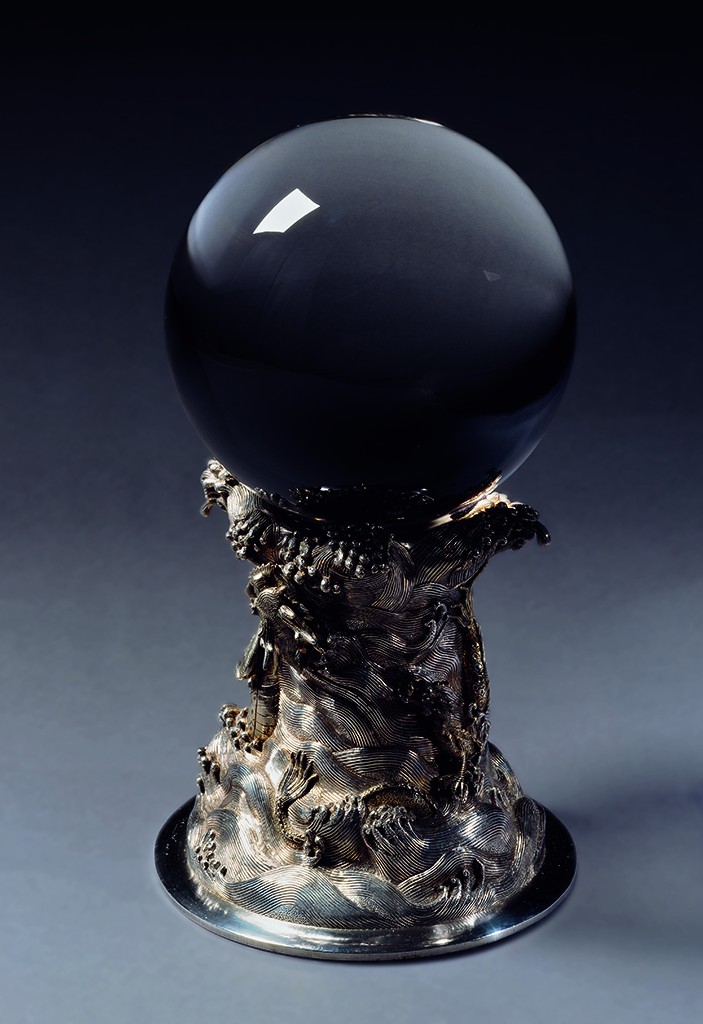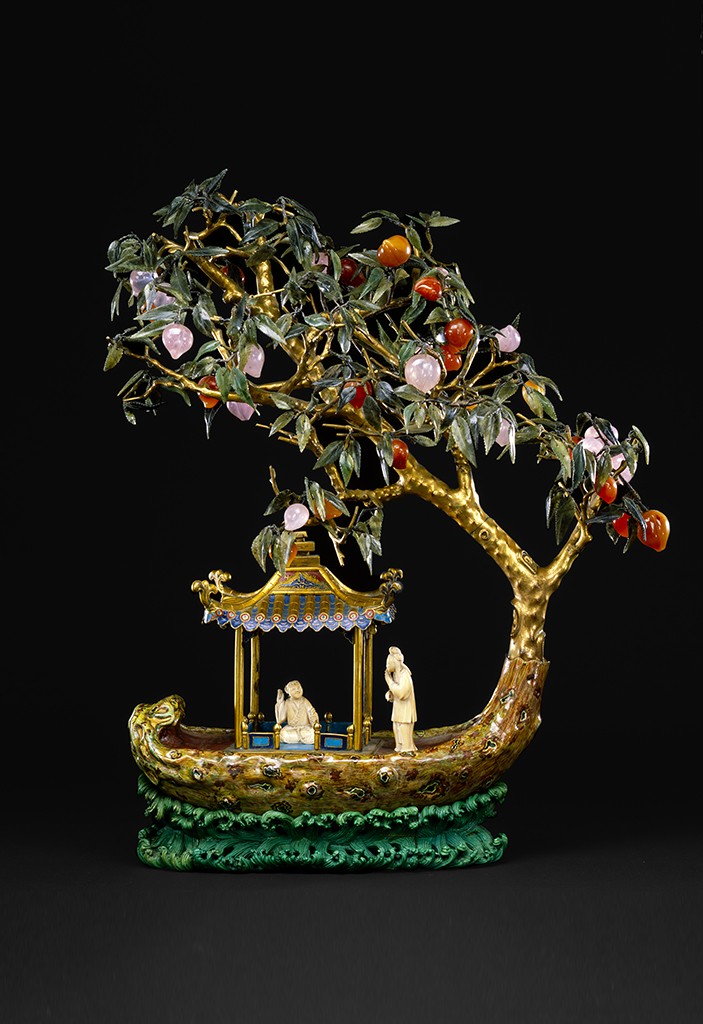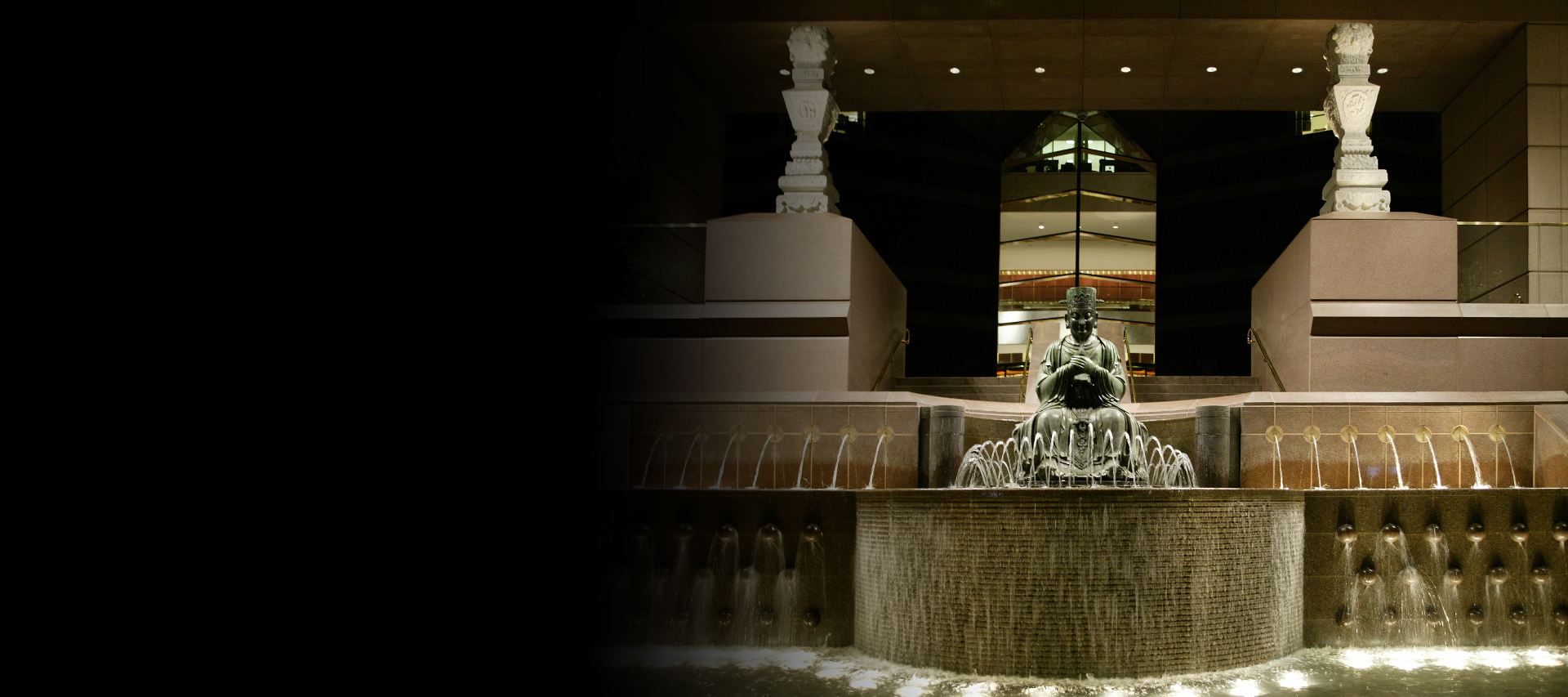




This summer, the exhibition Fabled Journeys in Asian Art will expand to include East Asia. Viewed as a companion exhibition to Fabled Journeys in Asian Art: South and Southeast Asia, which opened in January 2011 in Gallery 3, the East Asian complement draws on works of art from the Crow Collection with distinctive literary and cultural terrain.
The first section of the East Asian portion of the exhibition presents selected paintings, carved jades, and porcelain sculpture inspired by Taoism, which developed in China. Another focus of the exhibition is journeys figured in images of women—with their own expressed balances of yin and yang. The third section of the exhibition features large ceramic horses and camels made for journeys into the afterlife in burial tombs. They are emblems of China’s “this-worldly” expansion into Central and Western Asia during the Han and Tang dynasties along roads that came to be known as “the Silk Route.”
They are emblems of China’s “this-worldly” expansion into Central and Western Asia during the Han and Tang dynasties along roads that came to be known as “the Silk Route.”
Looking farther east, the last section of the exhibition is an array of objects touching on the transmission of Buddhism to Japan, the transportation and exploitation of ivory for finely carved objects, and the search in Japanese ports by Western traders for porcelains that delivered the qualities of form, color, and translucency prized in Asian ceramics, ivories, and jades.
A journey is a compelling metaphor that has perhaps lost some of its caché in our time of high-speed travel and instant communication; however, whether swift or slow; internal or external; linear, ambling, or circular, a journey is a dynamic undertaking that addresses change, among the most persistent and puzzling qualities of our experience of ourselves and the world.


